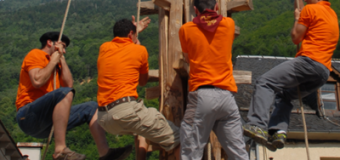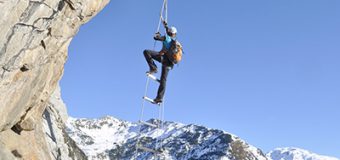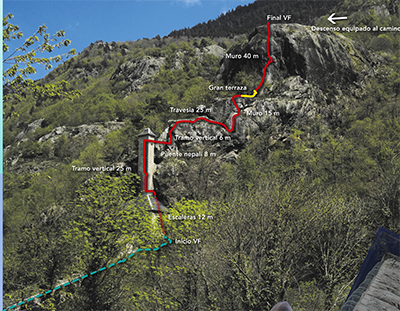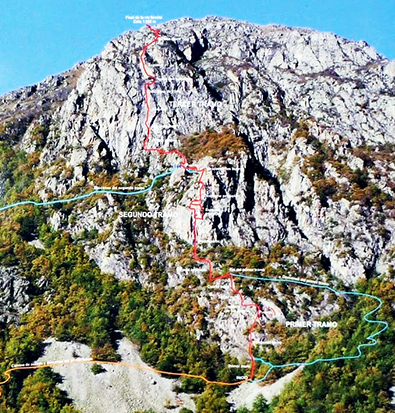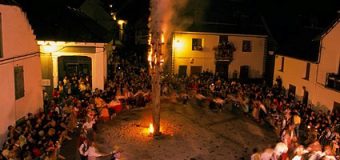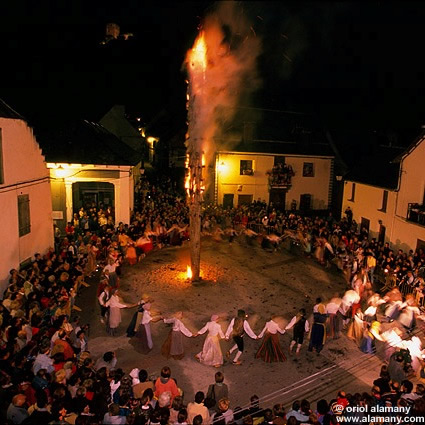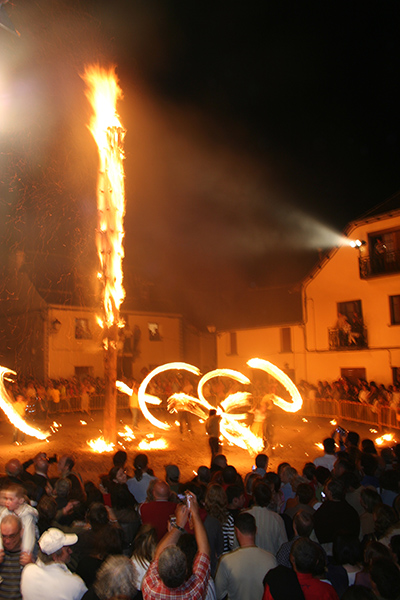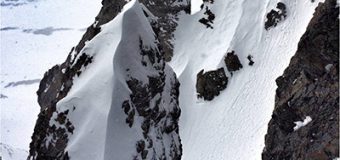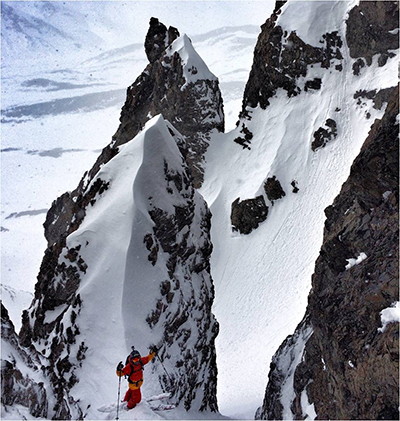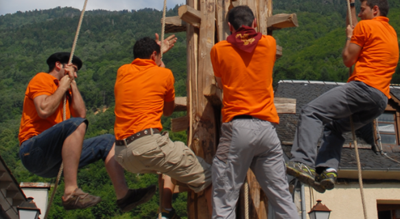 Until June 29, the feast of Sant Pere, the town of Les holds its annual local festival, which began last Friday with the Crèma deth Haro. During these days have taken place popular meals, traditional dances offered by Es Corbilhonets de Les, the pilgrimage on Saturday to the chapel of Sant Blai, an Habaneras concert and a concert by the Corau Quate Sons in the church of Les, within other acts.
Until June 29, the feast of Sant Pere, the town of Les holds its annual local festival, which began last Friday with the Crèma deth Haro. During these days have taken place popular meals, traditional dances offered by Es Corbilhonets de Les, the pilgrimage on Saturday to the chapel of Sant Blai, an Habaneras concert and a concert by the Corau Quate Sons in the church of Les, within other acts.
There has also been held various sporting events such as Football tournament and rafting trips for children. Tuesday takes place a mountaineer day for youth with vias ferrata, adventure park and an orienteering race organized by the active tourism company, Deportur.
Planted of the new haro
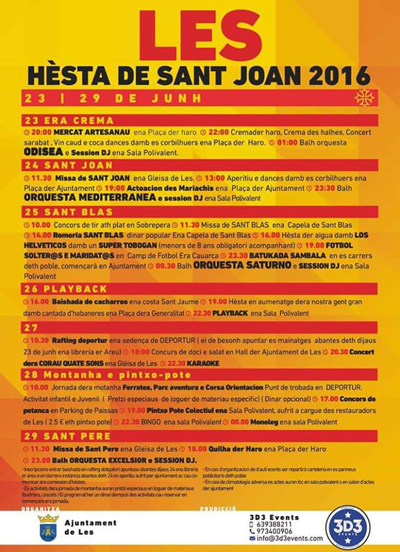 With the “Quilha deth haro” ceremony, in which the new haro will be plant and will preside over the Plaza Mayor throughout the year, the holidays come to an end. The “quilha” is performed manually, using the same technique used by primitive man to lift the menhirs: it rises from the ground with the help of ropes tied to the trunk, stairways and wooden bars and iron.
With the “Quilha deth haro” ceremony, in which the new haro will be plant and will preside over the Plaza Mayor throughout the year, the holidays come to an end. The “quilha” is performed manually, using the same technique used by primitive man to lift the menhirs: it rises from the ground with the help of ropes tied to the trunk, stairways and wooden bars and iron.
The whole ceremony is steeped in symbolism. The haro is planted with its roots looking at the sky, imploring to attract divine forces to the ground. Also, the town just married couples crowned the new haro with offerings of flowers: a crown, a bouquet and a cross, all symbol of fecundity and fertility, which are placed on top of haro.









